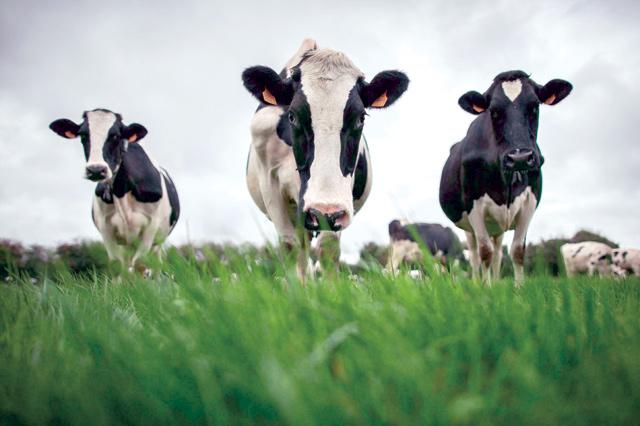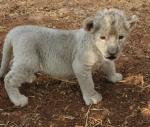You are here
Animal-based food generates nearly twice the emissions as plant — study
By AFP - Sep 13,2021 - Last updated at Sep 13,2021

Beef was calculated to account for some 25 per cent of food emissions (AFP photo)
PARIS — Animal farming accounts for twice as many greenhouse gas emissions as plants grown for consumption, according to a study published on Monday that mapped agricultural activities worldwide.
What humans eat accounts for a major chunk of the emissions behind climate-change — transportation, de-forestation, cold-storage and the digestive systems of cattle all send polluting gases into the atmosphere.
Researchers looked at carbon dioxide, methane and nitrous oxide released by food production and consumption from farming on land. And they found that, from 2007 to 2013, the emissions amounted to 17.318 billion metric tonnes of CO2 equivalent greenhouse gases per year — or 35 per cent of all human-caused emissions.
The study, which modelled net emissions for over 170 plant and 16 animal products in nearly 200 countries, calculated that 57 per cent of food-related emissions were from animal-based foods — including crops grown to feed livestock.
Plants grown for human consumption generated 29 per cent of food emissions, the study published in Nature Food found, and the rest was attributed to other commodities like cotton and rubber. It did not include emissions from fisheries.
Plant-based diets are widely thought to be better for the planet — but lead researcher Atul Jain, of the University of Illinois, said he wanted to know exactly how much, admitting he had a personal reason for wanting to dig deeper into the issue.
"I've been a vegetarian since my childhood," he told AFP. "I wanted to estimate what my carbon footprint was."
To come up with a consistent model for so many different products, Jain's team set to work from the ground up, breaking down the globe's farmland into some 60,000 grid squares.
"Once we identify the crop area in a grid cell, we determine what percentage of the area is allocated to the crop, to the forest, and to the grasses, and so on," he said.
This allowed the researchers to model location-specific emissions data for dozens of major crops and animal products.
They also included country-specific data related to food consumption, including importing and exporting related emissions.
Beef was the largest-contributing commodity, responsible for some 25 per cent of food emissions, and rice was the worst plant offender, accounting for 12 per cent.
This helped place cattle-farming South America and rice-growing Southeast Asia as the biggest emitters of greenhouse gasses related to food production.
The study measured the impact of crops grown for human consumption and those grown for animal feed separately, and factored in things like transportation and trade.
To calculate net emissions, they also accounted for the presence of plants that absorb carbon.
"You have to account for everything because there are so many feedbacks and interactions," Jain said.
The study noted the growing demand for food worldwide and the industry's potential to exacerbate global warming.
Jain said his next research challenge was to include more granular data on consumption trends across the world to build a tool to allow people to calculate their own food-based carbon footprint.
"You can go to your location, identify what you eat, how much you eat, and calculate your own carbon footprint," he said.
Related Articles
WASHINGTON — Achieving a nutritious diet with adequate calories in developing countries will require a substantial increase in greenhouse ga
Agriculture could go organic worldwide if we slashed food waste and stopped using so much cropland to feed livestock, a new study finds.The
We’ve all heard about green living, green products, green trends and green behaviours as this colour has been attached to environment-related-matters. But what are the practical steps that we can take to join the green movement? Why is it crucial to adopt green behaviours in our day-to-day activities and why do we need to set them as our new norm and, indeed, our new black? Green living involves making conscious decisions to adopt environmentally-friendly-practices in every aspect of our lives.

















